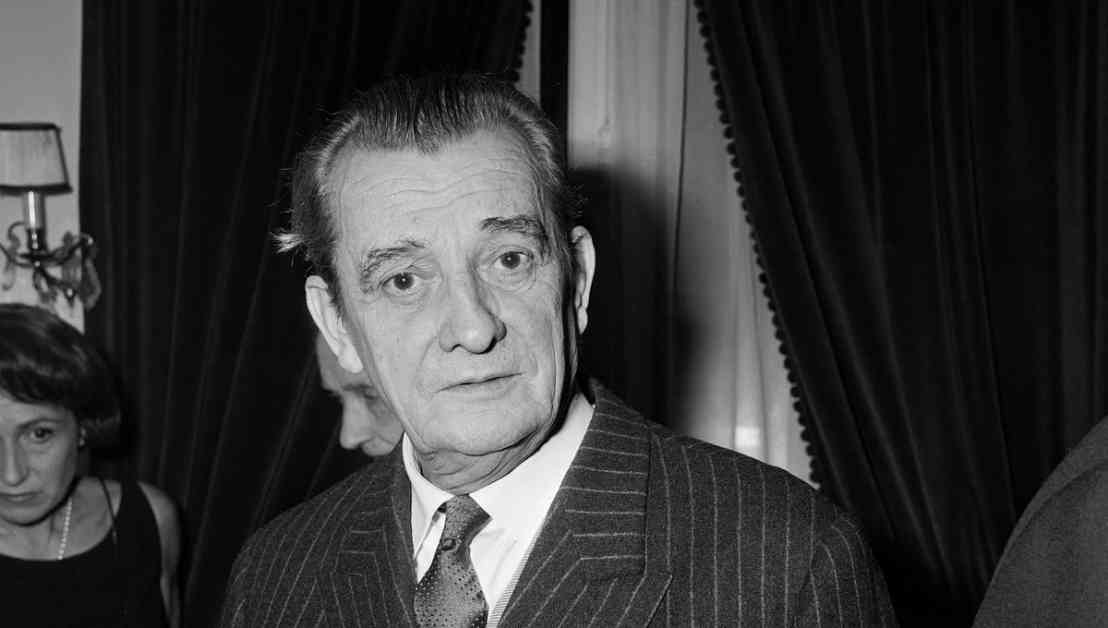Marcel Pagnol, a major figure in French and global cinema, is being celebrated once again as several of his films are being restored and re-released in theaters. Nicolas Pagnol, the grandson of Marcel Pagnol, Guillaume Schiffman, the director of photography overseeing the restoration of his films, and Ariane Allard, a film critic, were guests in a recent interview.
Nicolas Pagnol shared that around a dozen films have been restored with Guillaume Schiffman, and it has been a pleasure to see audiences filling up theaters at events like the Festival de la Rochelle and the Cinémathèque. What is particularly exciting is that a majority of the audience, about 4/5ths, had not seen Pagnol’s films before. These films were not easily accessible as they had not been restored for quite some time.
Despite Marcel Pagnol’s significant contributions to cinema, his works seem to be less prominent in collective memory. Film critic Ariane Allard pointed out that while these films have been repeatedly shown on television, they have had limited screenings elsewhere. This has turned his films into somewhat of a hidden treasure. Notably, Pagnol was one of the first authors to negotiate royalties with a film company and went on to establish his own production company, studios, laboratories, distribution agencies, and cinemas. This unique entrepreneurial spirit is comparable only to Charlie Chaplin’s ventures in the film industry.
Guillaume Schiffman, reflecting on his experience with restoring Pagnol’s films, expressed his admiration for the filmmaker’s innovative approach. Pagnol was among the pioneers who took the camera out of studios, filmed real people in natural settings, worked with small crews – a precursor to the neorealism movement. The restoration process not only brings joy but also contributes to preserving cinematic heritage, gaining deeper insights into the films, and rediscovering the essence of filmmaking.
Marcel Pagnol’s legacy is indeed significant, as evidenced by the admiration and influence he held over renowned filmmakers, particularly Italian neorealists. Despite his films not being as widely remembered today, the restoration efforts aim to reintroduce his work to new audiences and shed light on his groundbreaking contributions to cinema history. As more of Pagnol’s films are restored and re-released, there is an opportunity for audiences to rediscover and appreciate his unique storytelling and filmmaking techniques that have left an indelible mark on the cinematic landscape.

